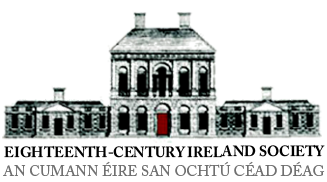Type: Article
Lurbe, Pierre. ‘Epsom as emblem: John Tolands Description of Epsom.’, Eighteenth-century Ireland/Iris an dá chultúr, Vol. 9 (1994), Pp 129-136..
This article discusses The Description of Epsom (1711) by John Toland, a far lesser known work than his scandalous Christianity not Mysterious (1696), and a surprising departure from his usual writings which have earned a well-deserved place in the canon of materialistic literature. Written in the form of a letter to an unknown friend, Epsom is both a model of the classical pastoral landscape and microcosm of London. Lurbe discusses Tolands vivid descriptions of the diversity of the landscape and people as simultaneously representing a utopia of social virtue and toleration and a place of artificial rules and conventions. Epsoms artificiality therefore reveals the essence of social life, which is artificial in so far as it has to be built on a set of rules like all well-ordered games. Lurbe draws comparisons between Epsom and A Specimen of Letters out of Pliny, which was published in the same volume and which had been translated by Toland.
